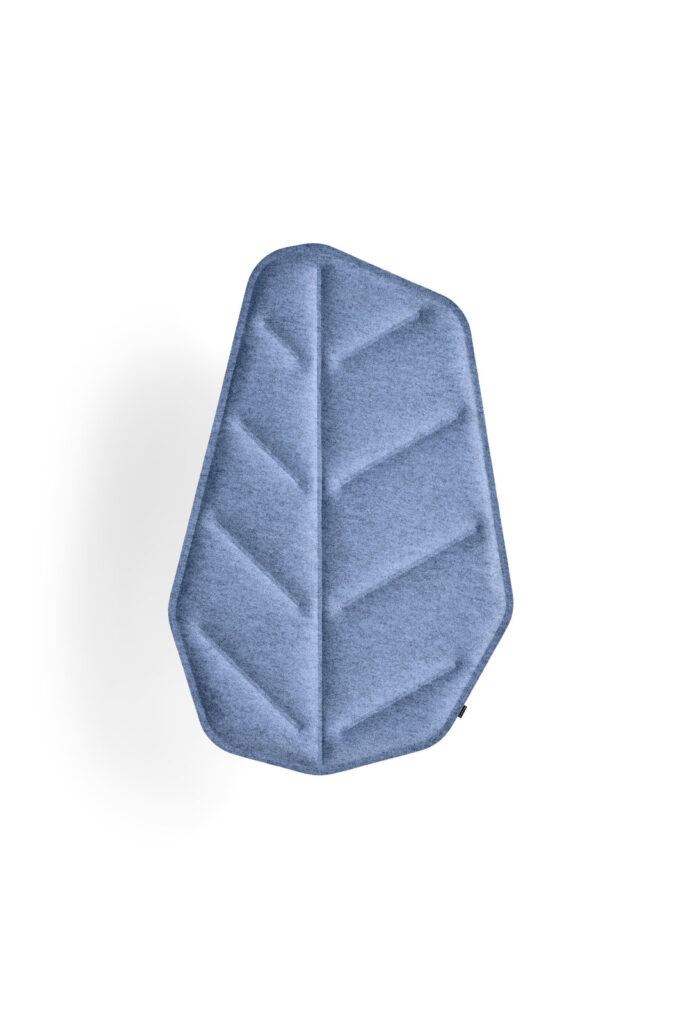The material forms the basis of every high-quality piece of furniture, which also makes it an important element in custom manufacturing. The selection of suitable materials and their combination significantly shapes not only the appearance of the furniture, but also its functionality and durability. Even the best design cannot save a project if unsuitable materials are used. Custom manufacturing often works with a wide range of materials, not just traditional ones such as wood and metal. Innovative elements and recycled materials are also becoming increasingly popular.
Traditional wood

Wood has been used as the main material for furniture since ancient times. Thousands of years of practice confirm its versatility and wide range of processing options. However, wood materials can be further divided into natural and processed, or classified according to the trees from which they originate.
Wood from deciduous trees, such as beech, oak, ash, and maple, is harder and more durable. This makes it ideal for manufacturing furniture for offices or homes. Pine wood is also very popular, as it is soft and easier to process. The high durability of teak wood makes it the most suitable natural material for outdoor furniture, which must withstand moisture and adverse weather conditions. Sandalwood, one of the most expensive woods in the world, is suitable for luxury or decorative furniture.
Laminated boards (LTD) are a more economical alternative to solid wood. They are based on chipboard covered with a laminating film. Laminated boards are lightweight, available in a wide range of decors, and suitable for home and office furniture, but are not ideal for outdoor use due to their lower moisture resistance. HPL (High Pressure Laminate) boards are slightly more durable. You can see how they are used, for example, in the Kladruby Monastery, where they were used in combination with SKP-D metal tables.
Popular metals
Metal elements, especially steel and stainless steel, are currently very popular. They are used, for example, in the manufacture of tables, beds, and industrial-style interiors. Metal structures give furniture strength and a modern look.
Aluminum is very popular due to its low weight and high durability, which we use, for example, in the production of the stylish TRIG table series. It is also suitable for the production of atypical elements where low weight and unique design are the goal.
Modern materials and trends in furniture manufacturing

Recycled materials are playing an increasingly important role in modern furniture design. Among the most commonly used are PET plastics, which are ideal for the production of noise-reducing acoustic elements. Felt, which is made by pressing natural fibers (such as wool or hair) or fibers from recycled plastics, is also used for the same purpose.
One example of a successful implementation is the ORCHARD office project, for which we produced not only atypical coat racks, conference tables, and lounge area furnishings, but also Academic office desks with an integrated AD KONZEPT acoustic system. This project demonstrates how functionality and modern design can be effectively combined with an emphasis on acoustic comfort in the workplace.
Need help? Let us advise you
Working with different materials in custom furniture manufacturing offers a wide range of possibilities, but also requires careful planning and expertise. If you are unsure about which material and design to choose, don’t hesitate to consult the experts.
If the materials are selected with the specific project and its requirements in mind, the resulting furniture can not only meet but also exceed customer expectations. It is precisely these details that are the essence of custom manufacturing—the ability to create tailor-made furniture that is original, durable, and adapted to everyone’s needs.


